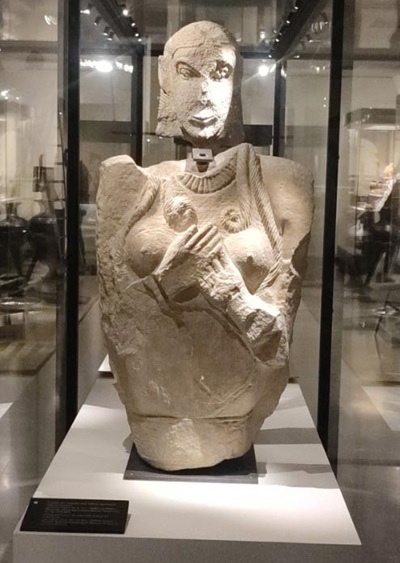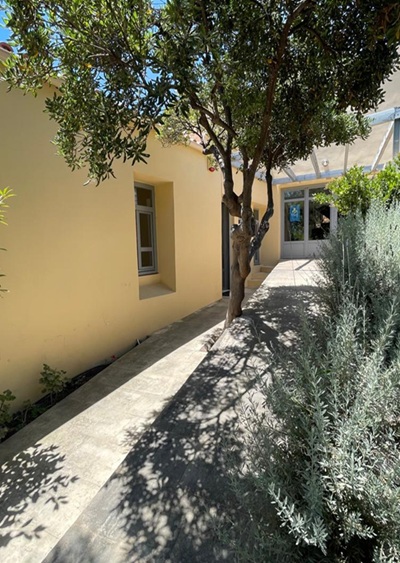
As the Minister of Culture Lina Mendoni stated, “The project of expansion, modernization and functional upgrading of the Sparta Archaeological Museum is part of the initiative of the Stavros Niarchos Foundation (SNF) in Laconia, but also of the priorities of the Ministry of Culture. The aim is the regeneration of the oldest regional museum of modern Greece, as well as the upgrading of the historical centre of Sparta.”
The Archaeological Museum of Sparta is the first museum institution outside Athens. The Museum is located in a privileged position in the centre of the city, defined in 1834 by the geometer F. Stauffert. In 1876 it received the archaeological collection of 288 ancient objects that had been gathered since 1872 by the Curator of Antiquities Panagiotis Stamatakis, while over the years, the collection was enriched. The building was extended symmetrically along its central axis and acquired its present form in three phases: The first extension took place in 1905, the second in 1936 and the last in 1960. In its initial phase the Museum consisted of two halls on either side of the main entrance. Today it has seven rooms. On the outside of the Museum, the garden gives a more complete picture with the central fountain and more tall trees, and is transformed into an open-air sculpture gallery with a considerable number and variety of sculptures. The building and the surrounding garden have been designated as historic monuments.

The Museum after its expansion will have a gross area of 1,090 sq.m. Of this, 360 sq.m. is the area covered by the existing building and 730 sq.m. is covered by the expansion. The museological study was carried out by the Ephorate of Antiquities of Laconia and the architectural proposal by the office of Renzo Piano. The aim of the planned interventions is, on the one hand, to enhance the original monumental character of the building and, on the other hand, to ensure access and safety for visitors, staff and the cultural goods it houses. The works envisaged aim to restore the building shell and the internal deterioration of the building in order to improve the functionality of the Museum’s exhibition and support areas.







Leave A Comment